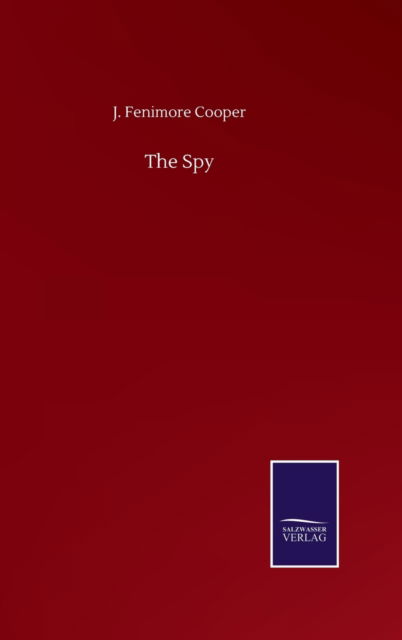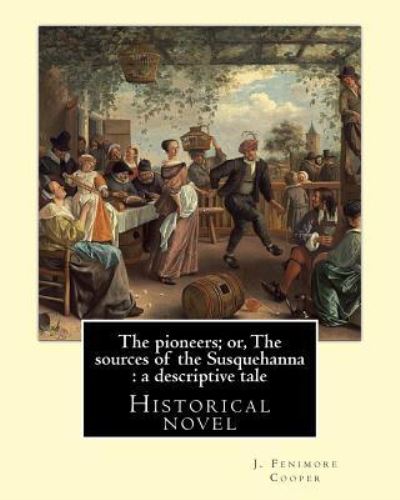
Tell your friends about this item:
The Last of the Mohicans. Novel (World's Classics) (Historical)
J Fenimore Cooper
The Last of the Mohicans. Novel (World's Classics) (Historical)
J Fenimore Cooper
The Last of the Mohicans: A Narrative of 1757 (1826) is a historical novel by James Fenimore Cooper. It is the second book of the Leatherstocking Tales pentalogy and the best known to contemporary audiences. The Pathfinder, published 14 years later in 1840, is its sequel. The Last of the Mohicans is set in 1757, during the French and Indian War (the Seven Years' War), when France and Great Britain battled for control of North America. During this war, both the French and the British used Native American allies, but the French were particularly dependent, as they were outnumbered in the Northeast frontier areas by the more numerous British colonists. The novel is primarily set in the upper New York wilderness, detailing the transport of the two daughters of Colonel Munro, Alice and Cora, to a safe destination at Fort William Henry. Among the caravan guarding the women are the frontiersman Natty Bumppo, Major Duncan Heyward, and the Indians Chingachgook and Uncas, the former of whom is the novel's title character. These characters are sometimes seen as a microcosm of the budding American society, particularly with regards to their racial composition. According to the Encyclopedia of Media and Propaganda in Wartime America, the novel has been one of the "most popular novels in English" since its publication and it remains "widely read in American literature courses." It has been adapted numerous times and in different languages for films, TV movies and cartoons. At the time of Cooper's writing, many people believed that the Native Americans were disappearing, and would ultimately be assimilated or fail to survive. Especially in the East, their numbers continued to decline. At the same time, the author was interested in the period of the frontier of transition, when more colonists were increasing pressure on the Native Americans. He grew up in Cooperstown, New York, which his father had established on what was then a western frontier of settlement; it developed after the Revolutionary War. Cooper set this novel during the Seven Years' War, an international conflict between Great Britain and France, which had a front in North America usually known on that continent as the French and Indian War. The conflict arrayed British colonial settlers and minimal regular forces against royal French forces, with both sides also relying on Native American allies. The war was fought primarily along the frontiers of the British colonies from Virginia to Nova Scotia. In the spring of 1757, Lieutenant Colonel George Monro became garrison commander of Fort William Henry, located on Lake George (New York) in the Province of New York. In early August, Major General Louis-Joseph de Montcalm and 7,000 troops besieged the fort. On 2 August General Webb, who commanded the area from his base at Fort Edward, sent 200 regulars and 800 Massachusetts militia to reinforce the garrison at William Henry. In the novel, this is the relief column with which Monro's daughters travel.
| Media | Books Paperback Book (Book with soft cover and glued back) |
| Released | June 8, 2016 |
| ISBN13 | 9781533671172 |
| Publishers | Createspace Independent Publishing Platf |
| Pages | 252 |
| Dimensions | 203 × 254 × 13 mm · 508 g |
| Language | English |
More by J Fenimore Cooper
See all of J Fenimore Cooper ( e.g. Paperback Book and Hardcover Book )

































